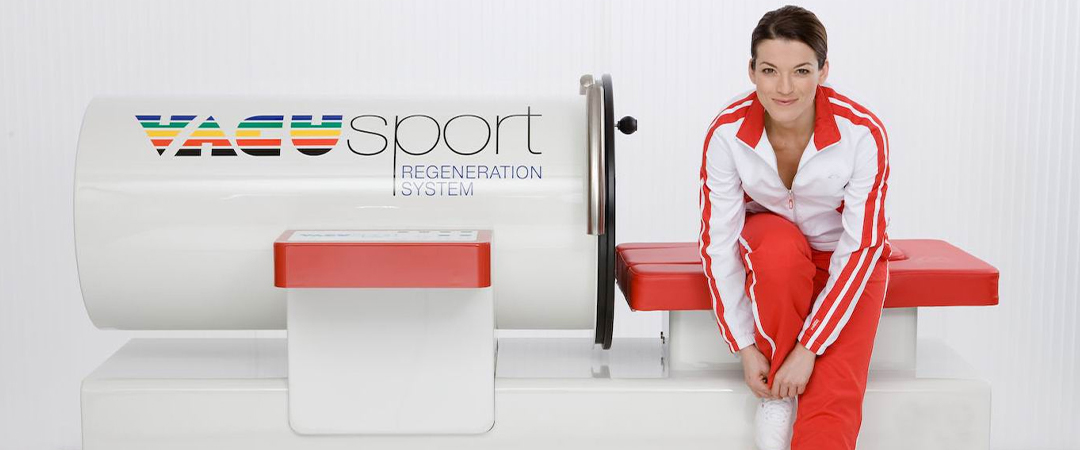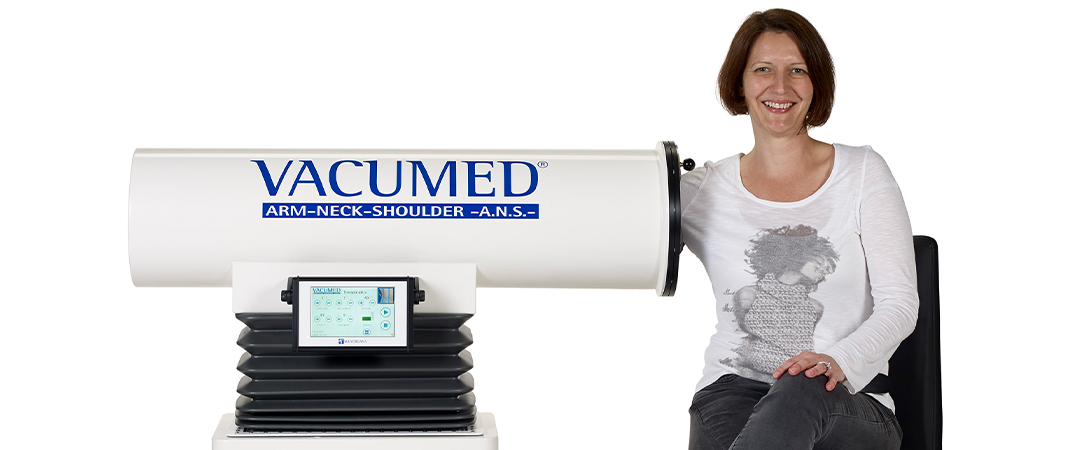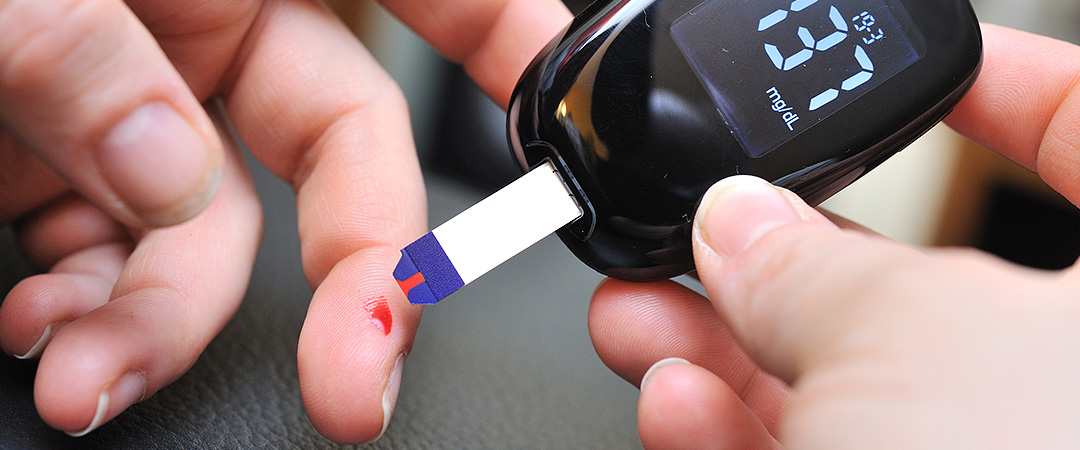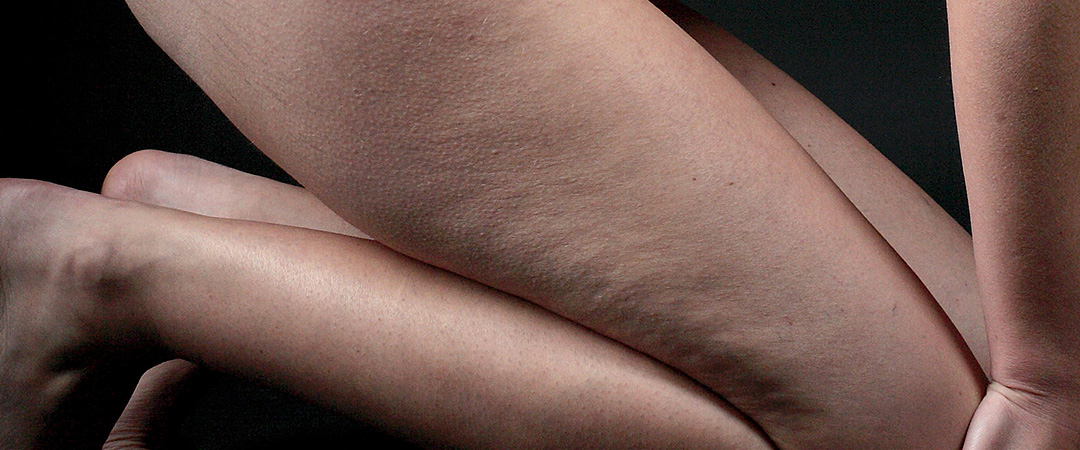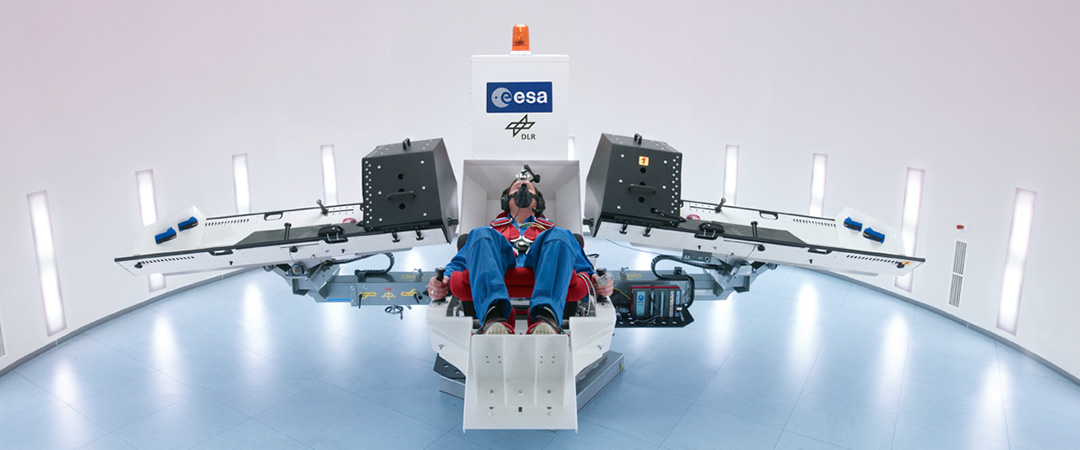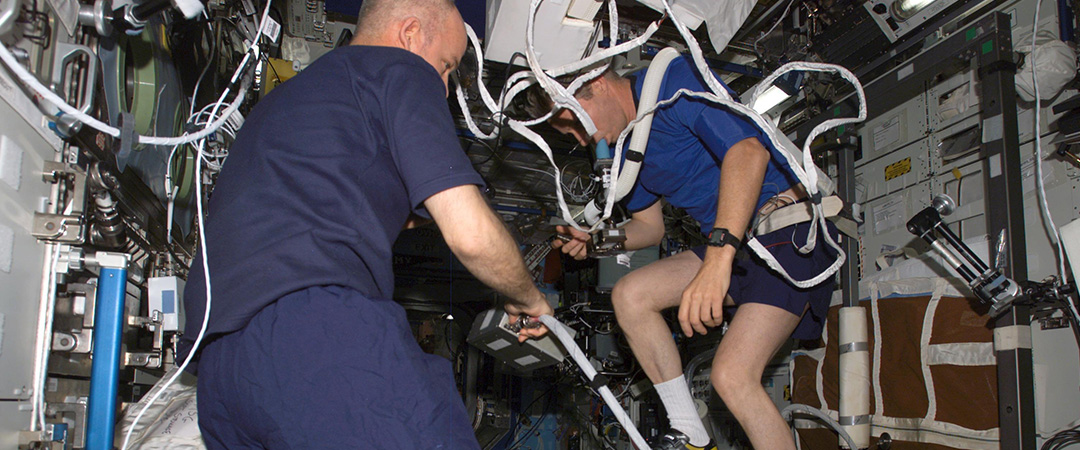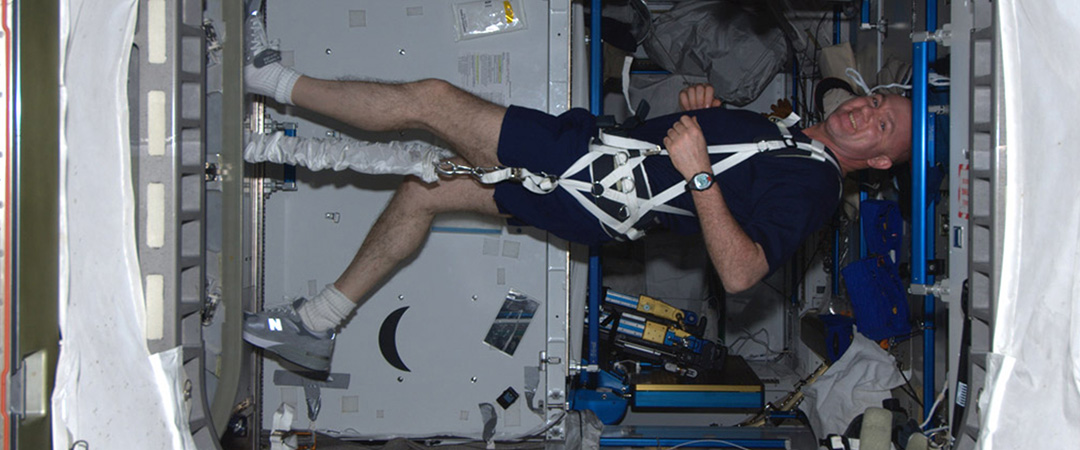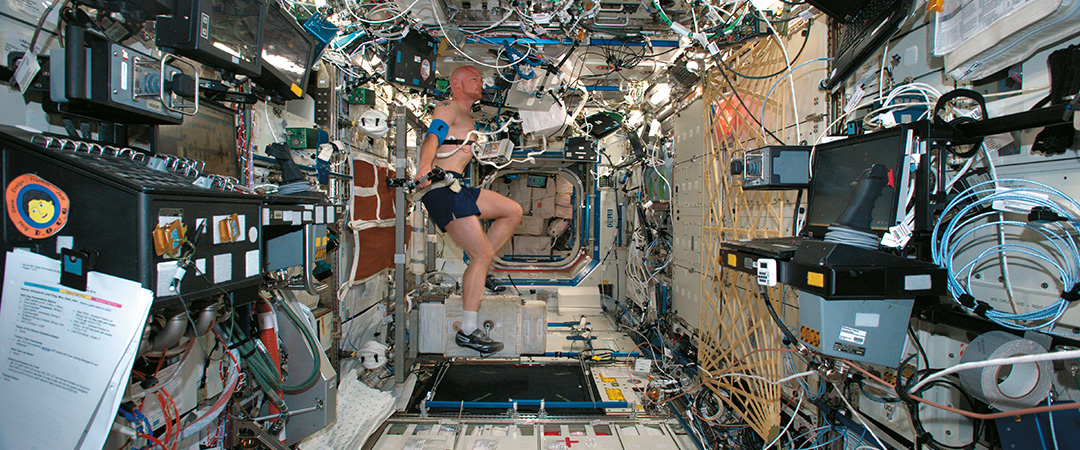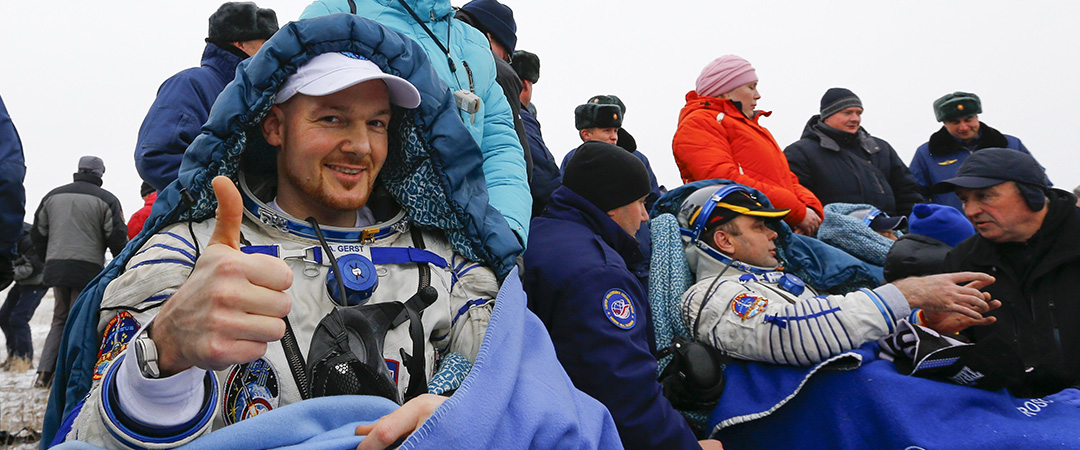Fighting peripheral artery occlusive disease
Less heart attacks, strokes, and smoker’s legs – with the help of technology from space medicine
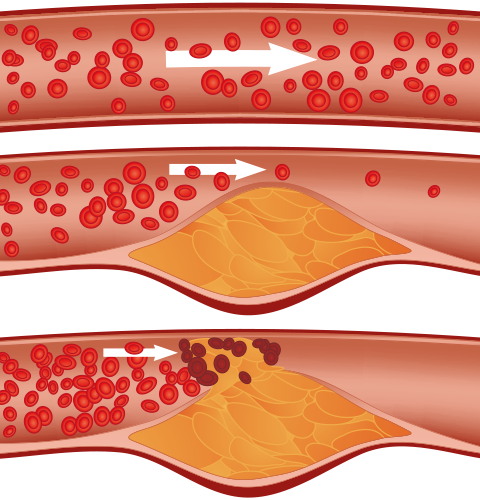
© Diamond_Images/fotolia.com
Smoker, in his or her fifties, not light on the feet anymore, cold and pale legs – diagnosis: peripheral artery occlusive disease (PAOD), in Germany also known as “window shopper’s disease”, or arteriosclerosis. Caused by smoking, deposits form in the arteries, thus causing narrowing and impaired blood flow. The worst case scenario is the leg becoming a smoker’s leg that has to be amputated. Moreover, the expectancy of life of patients suffering from PAOD is reduced by ten years to average since there is also an increased risk for heart attack and stroke.
One therapy for fighting PAOD comes from space medicine, developed by the DLR Institute for Aerospace Medicine and EADS of Bremen to help astronauts suffering from cardiovascular disorders occurring in microgravity:
The intermittent vacuum therapy (IVT) with the Vacumed device. The patient puts both legs in a tube, the blood is sucked into the legs, and then, on Earth, the heart has to pump strongly to get the blood out of the legs again. After six weeks (two half-hour treatments free of pain), i.e. twelve IVT lying “sessions”, the vessels in the legs are now better supplied with blood and oxygen, walking is easier again and doesn’t cause pain, and the risk of strokes decreases on a sustained basis – of course only if the patients stop smoking.
© Weyergans High Care AG


Cardiovascular disorders in orbit
The legs are pale while the head is red. Astronauts often experience blood flow disorders in microgravity. The reason: the body is accustomed to gravity on Earth – and to the blood having to be pumped upwards to the head against gravity. And that’s precisely what happens in space: due to lack of gravity, an additional two litres of fluids enter the upper half of the body.
After a certain period of time, blood circulation gets used to microgravity – the heart does not pump that heavy anymore. However, back on Earth, the circulation is not adapted to the new situation and one tends to faint. It is better to simulate some “real gravity” for the body, for instance through acceleration in a centrifuge.
The solution: the Lower Body Negative Pressure Device (LBNP)
Even from outside, the body can be forced to pump more blood into the legs. With sort of a low-pressure trousers, the Lower Body Negative Pressure Device (LBNP). Since the sixties, research has been done in Germany on this technology, initially at the Institute for Space Medicine of the German Aerospace Center (DLR) in Cologne. It has been deployed for the first time on the spacelab mission NEUROLAB (1998) and thereafter has been further developed for use on the ISS.
The LBNP is a foldable cylinder embracing the astronaut’s lower body from the waist down. Airtight zips on the sides allow access to the legs to attach measuring devices. Thus, research on the cardiovascular system can be done as well.
By applying low pressure to the LBNP, body fluids such as blood and lymph are transported from the upper to the lower half of the body. This stimulates the cardiovascular system to make more pumping efforts.
German technology on the ISS
The LBNP was intended to be the German contribution to scientific use and integration in the US laboratory of the International Space Station (ISS) in connection with measuring modules to capture cardiovascular parameters in the Human Research Facility (HRF).
Jogging on the ISS? No problem!
© ESA
